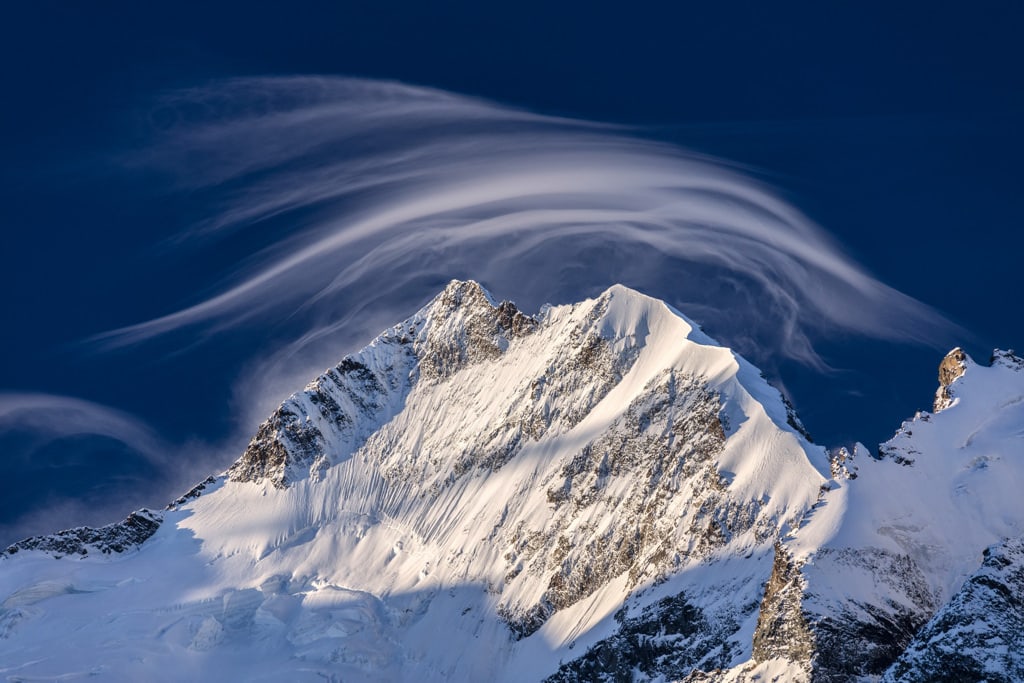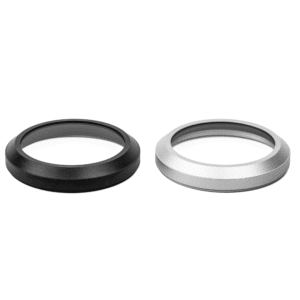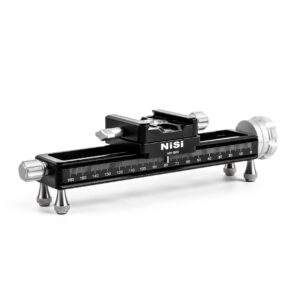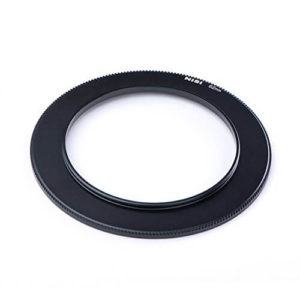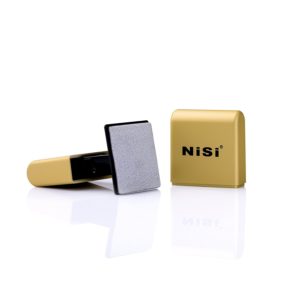Introduction
In this section NiSi gives a voice to photographers who every day fully experience the photographic experience by sharing with us incredible images from all over the world.
This NiSi Story comes to us via our colleagues at NiSi Italia who spoke with Roberto Sysa Moiola
Roberto is a professional landscape photographer, founder and partner of the ClickAlps photo agency, teacher of the ClickAlps School and NiSi Italia Photographer.
His eye-catching images come from all over the world, with a particular focus on the Alps and Nordic regions. So, on with the interview……

Hello Roberto! Thanks for accepting our invitation! So why don’t you begin by making us jealous. Where are you today?
Hi, thank you for the opportunity! It may seem strange but I am in an exotic destination … Mauritius 🙂
Let’s start with the classic question: How did you start with photography and when did you realise it was more than just a hobby?
My passion for photography was born more than 20 years ago, walking up and down the mountains around the house. Soon I had the instinct to want to capture the landscapes I encountered and then I enrolled in a course and then I bought my first reflex, film. But in those years digital appeared on the market and, given my strong passion for the computer, the transition was short. From then on it was an escalation of episodes that led me to make photography a job.
The choice to travel and tell a story is one of the things that fascinates me most about my job.
But the secret is clearly in the fact that I still consider it a passion, for this reason I soon abandoned genres that didn’t belong to me (such as events or weddings). This does not mean that I dedicate myself only to landscape .. in fact, perhaps motivated by the desire to experiment, I also approached other genres, such as food, which I prefer to photograph than to eat. This curiosity and research gave me a further push towards reporting and opened the doors towards offering complete services to customers and magazines.
The choice to travel to tell a story is one of the things that fascinates me most about my job.

Many know you thanks to your splendid mountain shots. What was your first love? Photography or the mountains?
Certainly the mountain, which still attracts me strongly, but which I try more and more often to capture particular moments. I like to try to take something unique, looking for those more intimate situations that nature offers, but this leads you to put photography in front of you and not the mountain. It is as if the roles were reversed today.
Is there a shot in the mountains that you are particularly attached to? If yes, which one and why?
There are many shots that represent my vision of taking photography, not one in particular. In those shots we perceive planning and research, but above all successes and failures. Many of these shots go viral, it is inevitable when a shot attracts the attention of more people. I myself am intrigued by particular images, it is normal. But I believe that once you have identified a possibility, you should be an artist by adding your own technique, experience and ideas.
With increasing photography enthusiasts, together with sharing tools, we are increasingly seeing repetition in images.
I like to follow artists capable every day of showing that photography has not stalled and that you can go beyond the usual empty stylistic formulas.

How was ClickAlps born? What does this photographic reality represent for you today?
Clickalps was born ten years ago from a group of friends who primarily wanted to share their archives for agency purposes. To this was added the school sector to make their knowledge available and teach photography.
It was clearly another time, today everything is much more widespread and competitive. We therefore set ourselves a target based on quality, which is known, always pays off in the long run.
Today Clickalps is one of the most important photographic agencies in Italy and collaborates with all the most important agencies in the world.
Since you started, landscape photography has changed a lot. In your opinion, what is the most difficult aspect of being a landscape photographer nowadays?
The landscape photographer cannot be considered a job, the prices of services and images have collapsed. You have to be multitasking. Selling images, offering services, teaching photography and working with the right approach on social networks.
This is a very slow market, you have to be patient without ever getting discouraged. You can not plan the sale of a photo, the beautiful surprises hit you like a lightning bolt.

As for your photographic technique, what is your approach in the field and then in post production?
As I said before, I love to plan my outputs in a calculated way. Planning is worth a lot and fascinates me as a challenge. But you also need the romantic part to not lose the real reason why you take photography: being in contact with nature.
My images are born in the field, editing is important but without an interesting situation and composition you cannot excel. One thing I love is to follow my instincts, I find it out of place to have to use an effect just because it is in vogue at the moment.
Orton or Dark for example, I appreciate them, I greatly admire the artists who are looking for the right situations to apply them to. But that doesn’t mean it has to become an obligation for me.
My images are born in the field, editing is important but without an interesting situation and composition you cannot excel.
When did you feel the need to use photographic filters? Why did you choose NiSi as your brand?
I have been using filters for ten years, first of all I find them compelling. For some years I have switched to NiSi and I am sure I have made the right choice. I have used other brands in the past and this is perhaps not a mistake, on the contrary, it has served me a lot of comparison and has allowed me to grow in a quality path. You must always aim to improve, whether it is a technique or an equipment.

In your recent trips to the Arctic, how much have NiSi filters been instrumental in making the images you had in mind?
Without the filters I have to admit it would be like losing my right arm. I use them in 90% of my shots, especially the grads and polariser. Unlike opting for multi exposures with filters, I can visualise the final scene in the car or at least something very close to it. Thereby limiting the time in editing and this in turn allows me to have a wider production. Those who work with agencies know that numbers are important.
There are two things that surprised me about NiSi compared to others: the optical quality of the glasses that avoid any type of colour cast, even when stacking. I have always been a lover of colours and brightness in my shots, it was essential that reality was not altered by the wrong equipment.
Without the filters I have to admit it would be like losing my right arm. I use them in 90% of my shots, especially the grads and polariser.
And then, a factor that I consider fabulous, the waterproof coating that allows you to slide away any drops of water, even sea-spray. Thanks to this, I save a lot of time and I can totally dedicate myself to shooting. Try to think about the annoyance of having to take off your gloves to clean a filter when you -20 on a windswept beach … and lose the moment of light!

Which NiSi products do you normally use in the field? And which is your favourite?
Maybe I can say what I use the least, namely the ND1000. All the other filters in my possession I use them a lot, both individually and by coupling them as needed. In particular, the landscape polariser is my trusted companion, whether to emphasise a sky or to manage a reflection. To this I often add a GND, what I prefer is the soft gradient of 0.9 (3 Stop).
Shooting often in the mountains, the use of medium and hard GNDs is more limited for me.
As for NDs, I happen to use them a little less. In that case, the exposure usually goes above the minute but I am a bit slowed down by the fact that Sony, a camera that I have been using for two years, has a lot of flaw in the long-range hotpixel.
I close by giving a little shout out to the Natural Night filter. I often travel to European cities and am fascinated by the shots at the blue hour with the first lights coming on. The use of this filter gives the scene a special tone as well as, of course, eliminating annoying aspects of light pollution.
What main advice would you give to photographers who are approaching landscape photography today in a world obsessed with sharing and likes?
My advice is to find your own style and work solely on that. We cannot expect to be able to achieve excellent results in every genre that fascinates us. I would also avoid pursuing “immediate” results. We must grow step by step, gaining experience along the way.
There is something magical in photography, sometimes in the evening before going to sleep I start to fantasise, I try to imagine a photograph that does not exist. Then slowly I think about it, study it, wait for the right moment until I try.
I end the dream by rejoicing like a child when I can make it happen. Then I understand that it is not impossible and it is time to fantasise again.
Follow Roberto on his Instagram page and on his website!
My advice is to find your own style and work solely on that.

Roberto’s choices
Below is a selection of the NiSi products most used by Roberto in the field.

